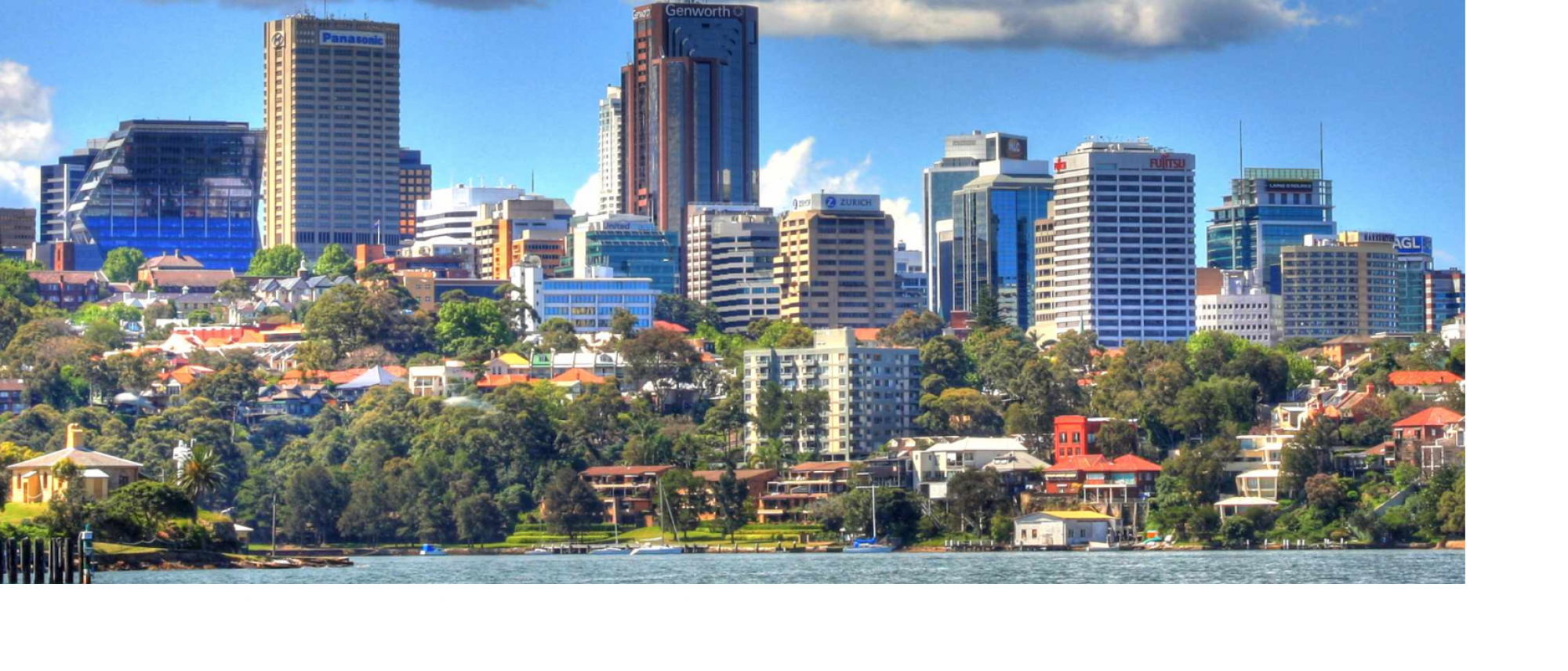Unhappy about an article in UNSW’s Master of Urban Development and Design Yearbook, the North Sydney Council has written to the Dean of Built Environment, seeming to ask for such contributions to be censored in future.
The Council’s letter can be read and downloaded here.
Of course, urban development issues are always complex and contested. But in this case the Yearbook article is a scholarly contribution to the literature on value capture, which compares the impacts of Sydney Metro in Canterbury — the subject of Yearbook reports — and North Sydney.
Focused on North Sydney, the Yearbook article compares two value capture models — used by the Council’s consultants and by Sydney Metro — to a model based on a form of grounded theory. Read it here.
Unfortunately, the Council seems immune to these important considerations for effective urban management. The letter ignores the science of value capture, the actual content of the article. Instead, the letter takes up a number of minor, peripheral and contestable observations and technicalities, and defends the capacity and good intentions of the staff — which are not at issue.
The letter shows that the Council continues to ignore core issues for the future of the city centre, refuses to engage in dialogue, and rejects criticism.
The letter presents the Council as remarkably sensitive to any suggestions that its consultants’ reports are less than perfect — and incurious about best practice in planning.
The Council’s case looks particularly tenuous when it asserts that the closure of Miller Street between Berry Street and the Pacific Highway will “create a new, centrally located, sundrenched public space.”
An earlier article posted here (and an article in the Sydney Morning Herald available here) pointed out that neither of the Council’s two recent public domain studies examined sunlight and shade, slope or exposure to wind — the overriding considerations for good public spaces.
Responding to this extraordinary deficiency, the Committee for North Sydney has undertaken its own sunlight and shade studies, and has shown that Miller Street scores poorly.*
The “sundrenched” claim for Miller Street — which seems to be spin, not based on evidence — comes in a letter complaining about inaccuracies.
So who should decide what is correct and what can be said?
Should the Dean of Built Environment at UNSW accede to the Council’s request to censor any further analysis of this kind?
Isn’t independent investigation and analysis what universities teach, and practice, and publish?
Or does the North Sydney Council think that universities should consult them before scholarly articles are published?
Is it relevant that the author of a Yearbook article on the theory of value capture has standing: publishing widely, writing some of Australia’s most successful and long-lived planning instruments, designing and directing a well-regarded postgraduate planning program at UTS, occupying key leadership roles in planning at the Central Sydney Planning Committee, the WA Planning Commission and the International Society of City and Regional Planners?
Doesn’t the North Sydney community depend on independent analysis and opinion, if it is to engage effectively in shaping the city’s future?
___________________________
* Miller Street is increasingly in shadow from 1 pm, particularly at the time of the year when sunlight really matters. Compare this with the Sydney Metro site, which includes what was once the best people place in North Sydney, Tower Square: the site is essentially fully sunlit between 12 and 2 pm every day of the year.
